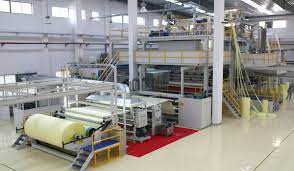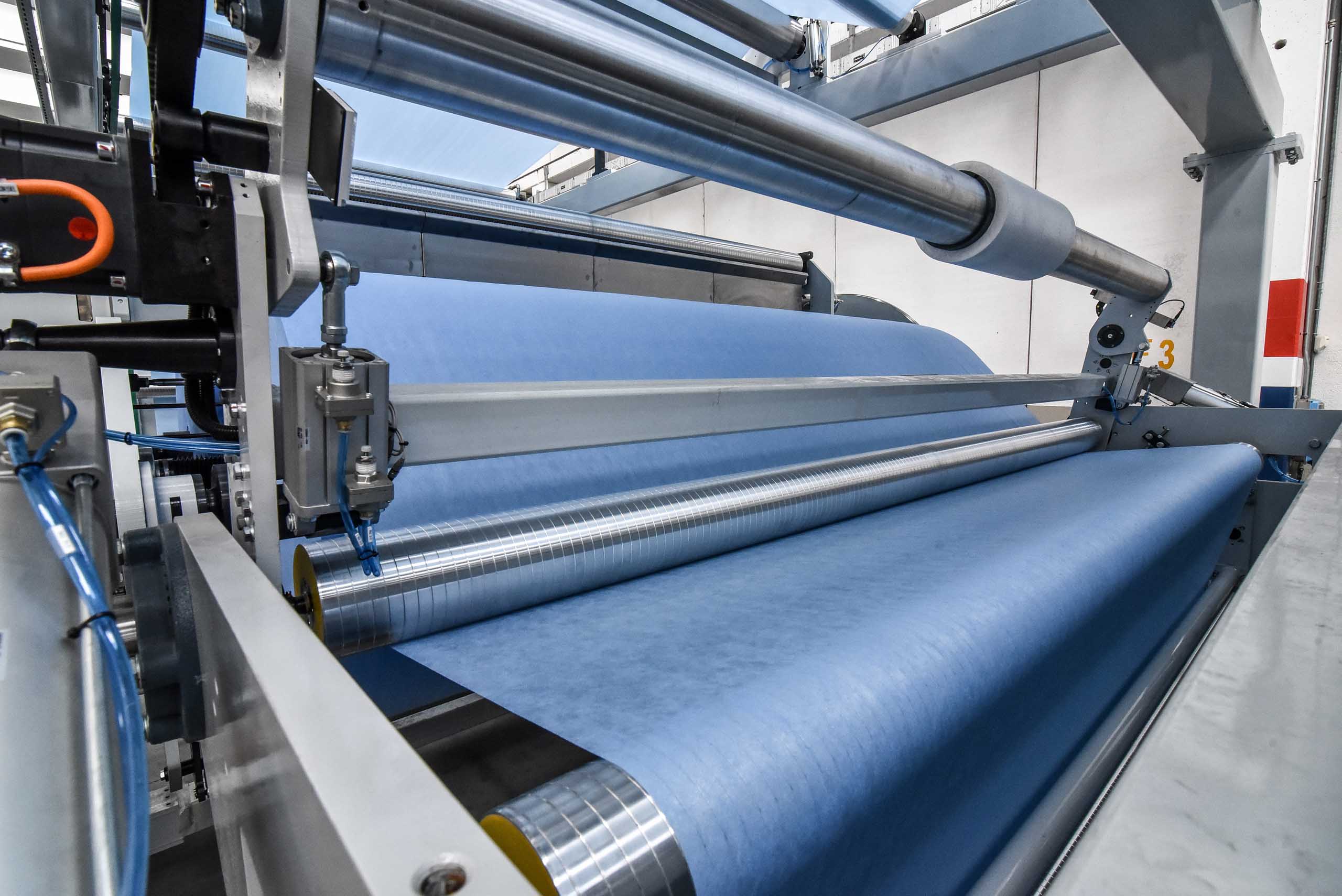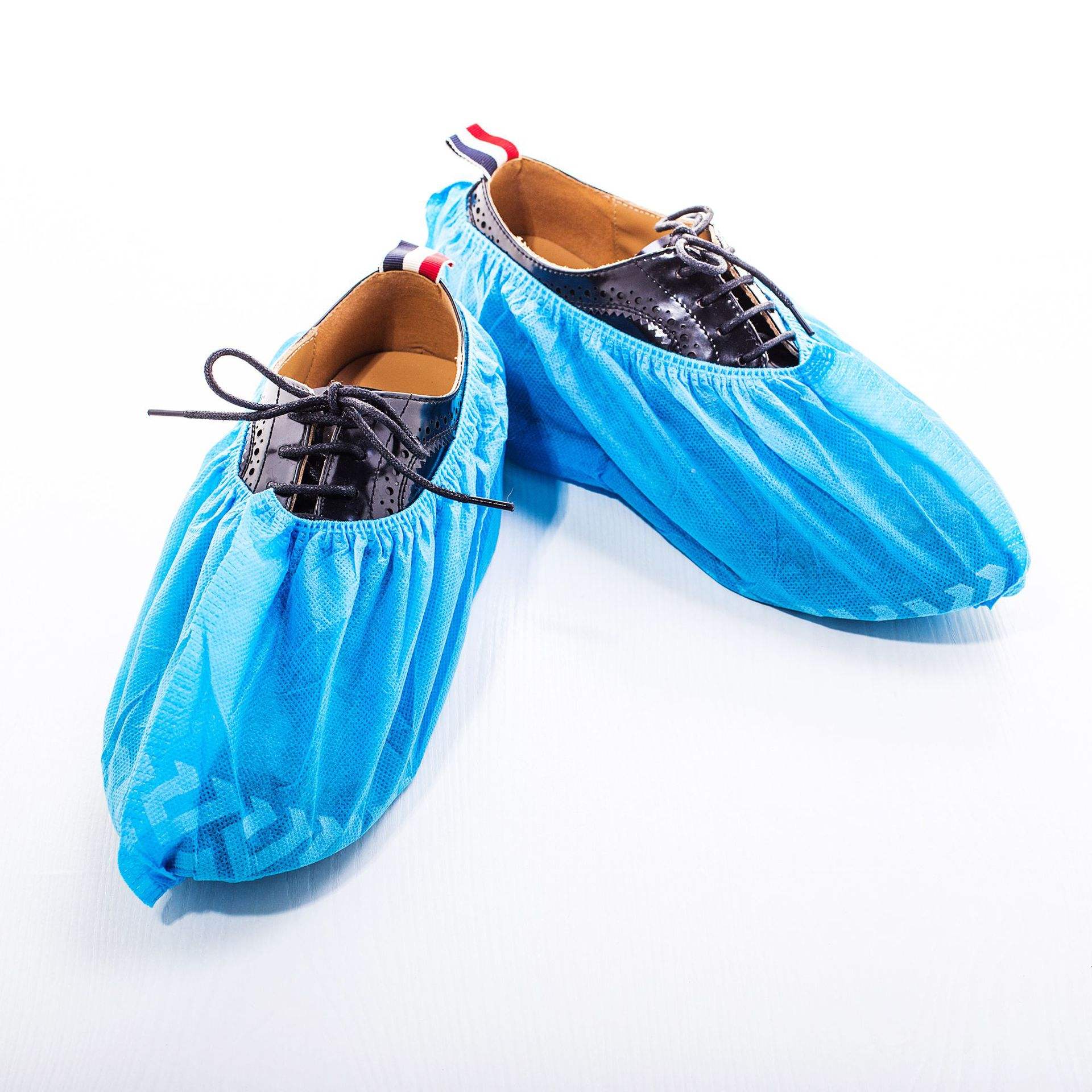
2023-11-21 The process of manufacturing nonwoven fabric involves several steps:1. Raw Material Preparation: The process begins with the selection and preparation of the raw materials, which typically include synthetic fibers such as polyester, polypropylene, or nylon. These fibers are usually in the form of st
Read More 
2023-11-21 1. Spunbond Nonwoven Fabric: It is made by bonding continuous filaments of synthetic fibers together using heat and pressure. Spunbond fabric has good strength and durability and is commonly used in applications such as medical gowns, diapers, and geotextiles.2. Meltblown Nonwoven Fabric: It is prod
Read More 
2023-10-11 Non-woven cloth machines are used to manufacture non-woven fabrics, which are widely used in various industries including medical hygiene. Non-woven fabrics are made by bonding fibers together mechanically, chemically, or thermally, without the need for weaving or knitting. They are often used in me
Read More 
2023-10-10 The three types of non-woven fabric production methods are:1. Spunbonding: This method involves extruding melted polymer fibers onto a conveyor belt or a spinning drum. The fibers are then bonded together through heat, chemical, or mechanical processes. Spunbonded fabrics are typically used in appli
Read More 
2023-08-21 Nonwoven fabric is a new type of textile material that combines fiber layers together using chemical, mechanical, thermal, or wet methods. Compared to traditional textiles, nonwoven fabric has many advantages, such as softness, breathability, waterproofing, wear resistance, and easy cleaning. In the
Read More 
2023-08-14 Non-woven fabric is a material that has become increasingly popular in the European and American markets in recent years, particularly in the field of home furnishings. The characteristics of non-woven fabric make it an ideal material for making various home furnishings, such as curtains, tablecloth
Read More 




